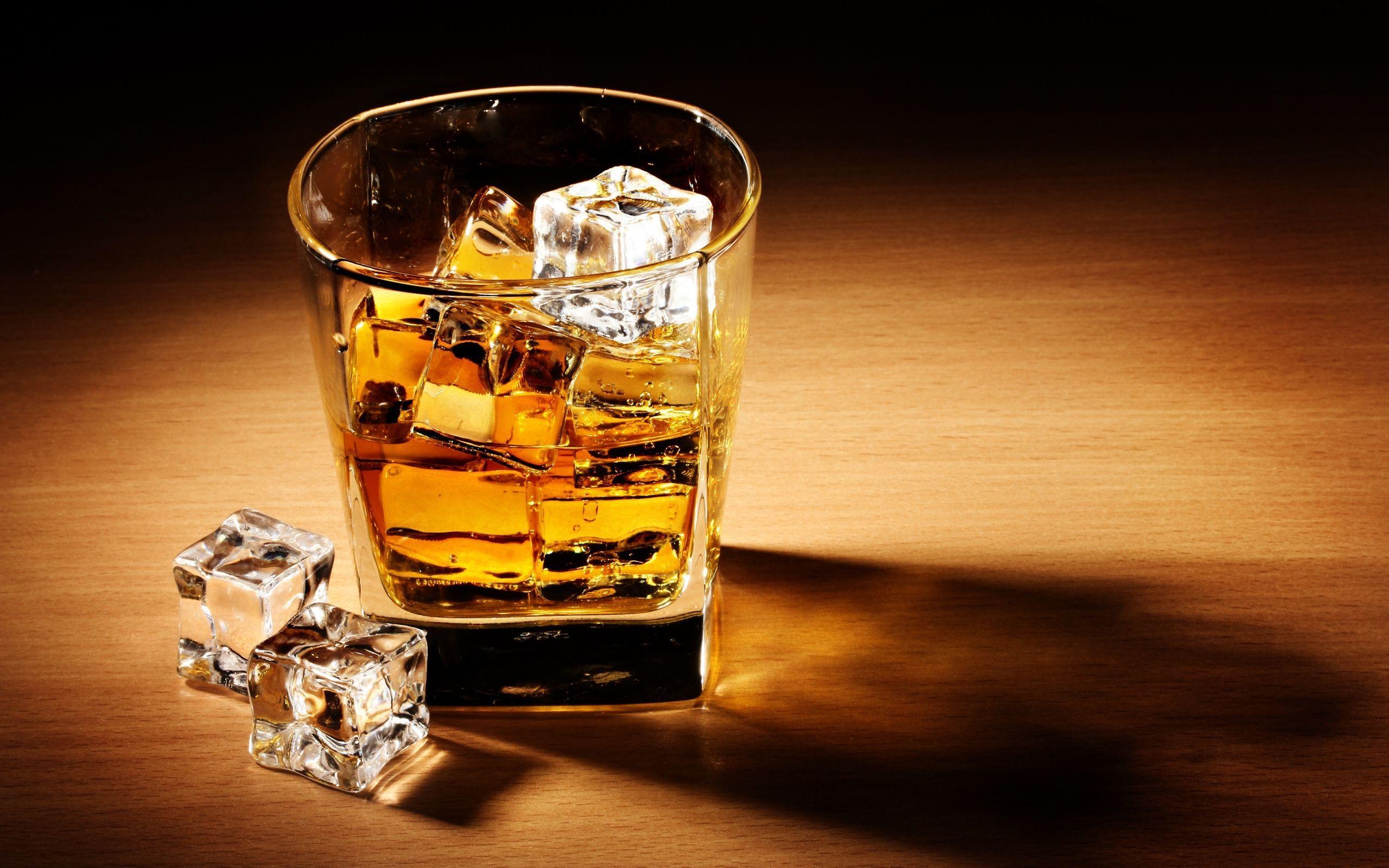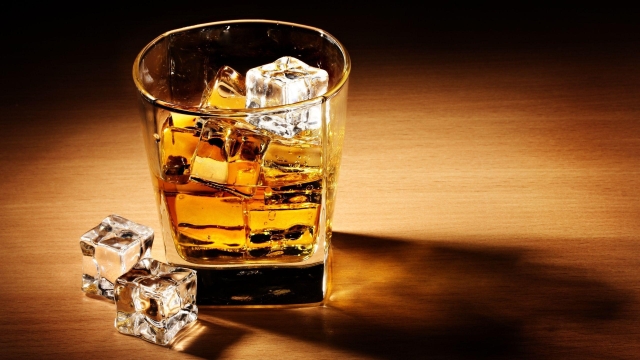Whisky, a succulent and captivating spirit, has mesmerized individuals for centuries with its golden hue, enticing aromas, and complex flavors. Considered an art form and a scientific craft, the world of whisky encompasses a rich tapestry of history, culture, and expertise. From the skilled hands of distillers to the carefully selected ingredients, each step in the whisky-making process contributes to the creation of this liquid gold. In this article, we embark on a journey to unravel the art and science behind whisky, delving into its origins, production methods, and the essence that makes it a beloved beverage worldwide. Whether you’re a connoisseur or a curious enthusiast, join us as we explore the depths of this golden elixir and the mastery that defines it. Welcome to the world of whisky, where passion meets precision in every drop.
History of Whisky
Whisky, a revered and beloved spirit, has a rich and captivating history that spans centuries. Its origins can be traced back to ancient times when a form of distilled alcohol was first discovered. Though its exact birthplace remains a topic of debate among historians, it is widely believed that whisky was initially crafted in the monastic communities of Scotland and Ireland.
In those early days, whisky was not the smooth and refined beverage we know today. It began as a crude and potent concoction, distilled from fermented grains and aged in wooden casks. The monks, who were skilled in the art of distillation, used their knowledge to refine the process and create a spirit that offered both medicinal and spiritual benefits.
Over time, whisky’s popularity spread beyond the monastic walls, captivating the palates of people across different regions and cultures. As trade routes expanded, so did the reach of whisky, with merchants carrying this liquid gold to various parts of the world. The spirit continued to evolve, with each region bringing its own unique techniques and flavors to the table.
The evolution of whisky continued with the introduction of continuous distillation in the 18th century, a breakthrough that allowed for more consistent production and greater efficiency. This technological advancement paved the way for the mass production of whisky, making it more accessible to a wider audience.
Today, whisky has become an art form, with master distillers meticulously crafting each batch using age-old techniques and modern innovations. The great whisky-producing nations of Scotland, Ireland, the United States, Canada, and Japan offer a diverse range of expressions, each with its own distinct character and flavor profile.
The history of whisky is one that is steeped in tradition, innovation, and appreciation for the craft. It is a testament to the human desire for exploration, experimentation, and the pursuit of perfection. As we raise our glasses to savor the golden elixir, we are reminded of the centuries of passion and dedication that have gone into its creation.

Whisky Production Process
Whisky production involves a careful and intricate process that combines artistry and scientific precision. From the sourcing of ingredients to the final aging in barrels, every step contributes to the creation of the exquisite golden elixir that is whisky.
Hibiki
The process begins with the selection of high-quality grains, such as barley, corn, rye, or wheat. These grains are then carefully malted, a process in which they are soaked in water, allowed to germinate, and then dried in kilns. This malting process activates enzymes within the grains, which convert starches into fermentable sugars.
Once the grains have been malted, they are ground into a coarse flour known as grist. This grist is then mixed with hot water in a large vessel known as a mash tun. Here, enzymes in the malted grains break down the starches into sugars, creating a sweet liquid known as the wort.
The wort is then transferred to fermenting vessels, often made of wood or stainless steel, where yeast is added. The yeast feeds on the sugars in the wort, converting them into alcohol through the process of fermentation. This results in a liquid called the wash, which has an alcohol content similar to that of beer. In the next stages of the production process, the wash is distilled and aged to develop the complex flavors and aromas that characterize whisky.
Tasting and Appreciating Whisky
Whisky, with its complex flavors and rich history, is not just a drink but an experience. When it comes to tasting and appreciating whisky, there are a few key aspects to consider.
Firstly, the nose plays an important role in discovering the true essence of a whisky. As you bring the glass to your lips, take a moment to inhale the aromas that waft towards you. Notice the different scents, be it the smokiness of peat or the sweet undertones of fruit. Each whisky has its own unique profile that can be unraveled through the art of nosing.
Next, it’s time to savor the taste on your palate. Take a small sip and let the whisky dance on your tongue. Pay attention to the flavors that unfold, from the initial burst of spice to the lingering warmth that envelops your mouth. Notice the balance between the sweetness, bitterness, and the smoothness of the spirit. Tasting whisky is a sensory experience that allows you to explore the intricate layers of flavor.
Finally, the finish is what remains long after the whisky has been consumed. As you exhale, note the lingering flavors that remain on the back of your throat. Is it a subtle hint of vanilla or a more robust smokiness? The length and complexity of the finish can reveal the quality and craftsmanship of the whisky.
In conclusion, appreciating whisky is an art form that goes beyond mere consumption. By engaging the senses and paying attention to the nose, taste, and finish, one can truly delve into the world of whisky and uncover its golden elixir. Cheers to the journey of whisky appreciation!


